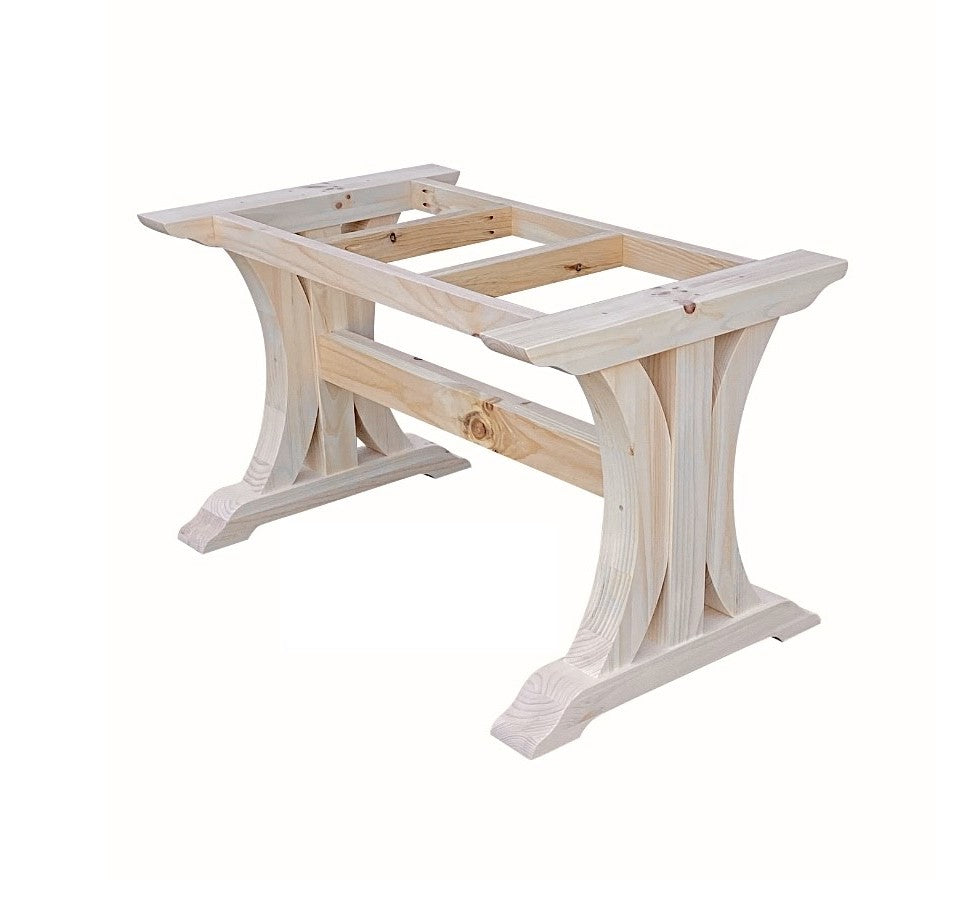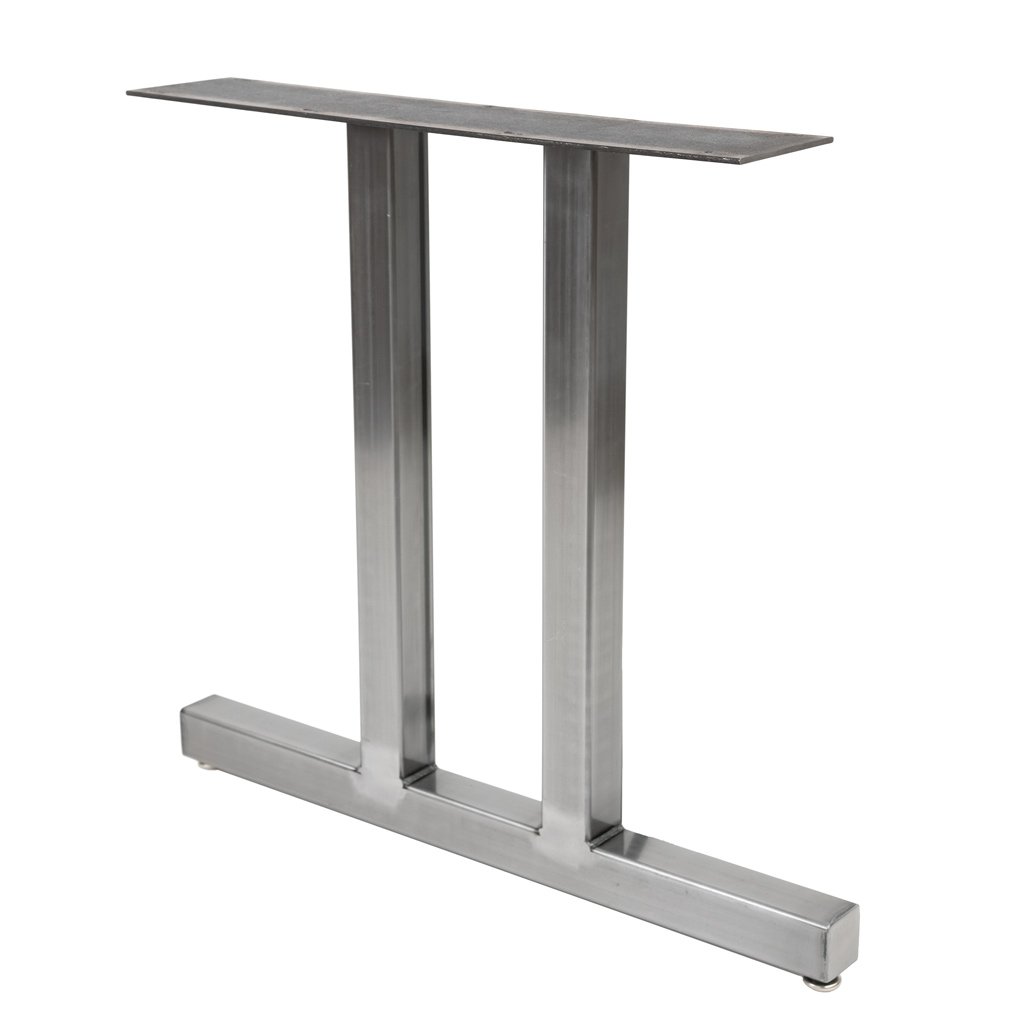Unique Dining Room Table Legs That Will Elevate Your Dining Area
Unique Dining Room Table Legs That Will Elevate Your Dining Area
Blog Article
From Standard to Modern: Find the Perfect Eating Space Table Legs for Your Style
While traditional layouts such as cabriole and turned legs stimulate a sense of ageless refinement, contemporary designs like hairpin and geometric choices present an opportunity for striking aesthetic interest. As you think about these aspects, the inquiry stays: exactly how can you flawlessly incorporate these diverse leg styles to create a harmonious eating experience?
Comprehending Table Leg Styles
The selection of eating room table leg styles can significantly influence both the appearances and performance of the area. Each leg design adds unique practical functions and visual aspects, dealing with varied style preferences and usage requirements. Understanding these styles is important for choosing the best dining table that lines up with your total interior decoration vision.
For example, tapered legs provide a clean, timeless appearance that can improve a room's sophistication, while stand bases offer security and take full advantage of legroom, making them excellent for smaller sized spaces. Barrette legs, a trademark of mid-century contemporary design, introduce a commercial style, allowing for an airy, open feeling. In a similar way, trestle legs stimulate rustic charm, providing durable support and a sense of eternity.
Furthermore, the choice of products plays a considerable role. Wooden legs can bring heat and structure, whereas metal options usually convey a streamlined, contemporary vibe. Inevitably, recognizing table leg styles is crucial for creating a natural eating location that mirrors individual style while making sure functionality and convenience. By thoughtfully taking into consideration these elements, you can enhance both the visual and useful allure of your dining area.
Typical Table Leg Options
When picking dining-room table legs, conventional choices often symbolize classic elegance and craftsmanship. These styles mirror an abundant heritage and a commitment to high quality, making them suitable for those that appreciate traditional aesthetics.
One of the most famous traditional leg styles is the cabriole leg, identified by its graceful rounded form. This design often features attractive carvings and is most commonly discovered in Queen Anne and Chippendale furnishings. Another prominent alternative is the transformed leg, which boasts a series of smooth, rounded shapes that give a classic look while maintaining stability.
Additionally, the straight leg, while easy, uses a basic and sturdy framework that can mix perfectly with a variety of tabletop styles. For those drawn to ornate describing, claw-and-ball feet legs evoke a feeling of majesty and can offer as a sensational focal factor in any type of dining space.
Lastly, pedestal bases, although not purely legs, supply an alternate standard choice that enables for sufficient legroom and can be magnificently carved. Each of these traditional leg designs adds to the general setting of a dining-room, weding function with aesthetic appeal.

Modern Table Leg Designs
Modern table leg designs provide a diverse array of styles that emphasize ingenious materials and tidy lines. These designs typically prioritize performance while serving as striking centerpieces within a dining room. Minimalist aesthetics prevail, with legs crafted from materials such as steel, glass, and a knockout post engineered timber, which add to a modern and airy feeling.
One popular layout is the barrette leg, identified by its slender, tapered structure that provides stability without frustrating the tabletop (dining room table legs). This design is commonly discovered in mid-century modern furniture and can easily match various eating table forms. One more pattern is the use of geometric shapes, where legs might take on unbalanced or angular forms, adding aesthetic interest and a touch of creativity

Mixing Designs for One-of-a-kind Rooms
Usually, homeowners seek to develop one-of-a-kind eating areas that show their personal style by mixing various layout components. This technique permits the consolidation of varied aesthetic appeals, leading to a harmonious yet distinctive setting. For example, combining a rustic wooden table with sleek, modern steel legs can develop an eye-catching comparison that raises the space's overall appeal.
In addition, incorporating vintage table legs with contemporary tabletops can stimulate a sense of history while preserving a modern sensibility. Such mixes not just showcase private taste yet likewise urge imagination, allowing home owners to curate a space that really feels both personal and welcoming.
Color plays a critical function in this mixing process; picking table legs that complement or comparison with the existing color design can enhance Homepage aesthetic interest. For instance, whitewashed legs can soften the boldness of a dark table surface area, developing a balanced aesthetic.
Tips for Selecting the Right Legs
Picking the right table legs is necessary for achieving both performance and visual appeal in your eating room. Begin by thinking about the total design of your room. Standard setups benefit from legs that feature complex makings or turned styles, while modern rooms might call for smooth, minimal designs.
Next, examine the height and stability of the legs. dining room table legs. Typical dining tables vary in between 28 to 30 inches in height, so make certain the legs match this measurement for comfort. Additionally, durable products, such as hardwood or steel, can boost stability and longevity
Examine the leg form also-- choices include right, tapered, or pedestal layouts. Straight legs provide a timeless appearance, while conical legs can include a touch of elegance. Pedestal bases provide adequate legroom and are perfect for smaller areas.
Verdict
In recap, selecting the ideal dining space table legs needs cautious factor to consider of both modern-day and standard designs. Standard choices such as cabriole and turned legs offer timeless style, while modern-day layouts like barrette and geometric shapes provide a modern touch. By integrating leg design, elevation, and material with the overall décor, a cohesive and inviting atmosphere can be attained. Inevitably, the selected table legs ought to reflect the preferred visual, improving the dining experience within the space.
The selection of dining room table leg designs can dramatically influence both the appearances and capability of the room. Eventually, recognizing table leg styles is vital for producing a natural eating area that mirrors individual design while making sure practicality and convenience.One of the most renowned standard leg styles is the cabriole leg, defined by its stylish rounded shape. Straight legs supply a traditional have a peek here look, while conical legs can add a touch of sophistication.In summary, choosing the perfect eating room table legs requires mindful consideration of both modern and standard designs.
Report this page